This year’s hurricane season has been one for the record books. In less than a month, two hurricanes formed in the Gulf of Mexico. Hurricanes Helene and Milton each caused billions of dollars in damages and took many lives. Helene’s damages came from horrific flooding in the Appalachian mountains, most notably in North Carolina. My cousin, 25-year-old Matthew Thomas, was in Asheville, NC when the hurricane hit, and he detailed the dramatic impact these storms had on his and other communities.
During the storm, no one really expected how awful the consequences would be. “I just kind of stayed inside, but my service started to go out. That first night I didn’t realize how much was going on. It was like, OK there’s rain happening. But I didn’t hear that there were trees falling,” Matthew recounts.
A storm like Helene does not usually go as far north as the mountains, which led many residents to not expect the amount of rain that inundated the Asheville area. “The actual storm itself was weird and eerie, at least for myself, it was quieter than I would have expected,” he added. The mountainous terrain caused massive amounts of water to rush down small streams and gullies, transforming them into deadly torrents of water.
St. Stephen’s and St. Agnes AP Environmental Science teacher Ms. Krane explained why hurricanes are getting more intense. “There’s two things. One is an increase in average sea surface temperature, and the other one is an increase in the average air temperature, ” she said. Hurricane Milton, which formed less than two weeks after Helene, was a product of the warmer gulf waters. Milton intensified from a tropical storm to a category five hurricane in about a day, the fastest a hurricane has ever done so. Hurricane Helene was also sustained by these warm conditions. Ms. Krane explained, “The air temperature is warmer, so they can hold more rain, so the rainfall is more intense and then it can be more prolonged in an era because the storm is staying there for longer.”
Many houses were swept clean off of their foundations by the flood. Matthew remembers seeing “down in Swannanoa[a town near Asheville] there was a home smashed into a tree that the people that were living in it said that they were still in it when it got carried over. There were definitely a lot of people who didn’t realize how bad it was gonna get, and there were a lot of people that were still in their homes when the damage was happening.” In places such as downtown Swannanoa, roads were completely ripped apart, and most of the buildings were decimated. I asked Matthew if he had gone to look at the destruction, and he responded saying “just that was terrifying to hear about, much less want to go search and see. You don’t want to go out and see that devastation after you’ve already seen so much. You don’t want to add that weight onto your shoulders when you’re just trying to make sure you’re staying hydrated and you have enough food in your system, and hopefully, a warm meal if you can.”
Luckily, Matthew says, no one that he knows passed away. “I’m glad that the people that I had met and knew were safe. And that’s what I really cared about. Because there are a lot of people that you don’t know if you don’t hear from them. You don’t know if they don’t have service, or if something else happened.”
Not everyone was that lucky, however. Hundreds of people died in the flood waters, and many more are still unaccounted for. M.E. Call, a freshman at SSSAS, lived in Asheville and knows many people who were affected. She organized for students to wear superhero costumes to commemorate the life of a student who attended North Buncombe Elementary School, where her aunt teaches. “These two kids had kind of the life I had, and then they died, and I knew where the picture of them was taken. It was really close to home, so it just felt like I was doing something.” M.E said. Two children, a second grader and a third grader, passed away, along with their mother and mother’s fiancee. M.E. noted how impactful these tragic deaths will be in the community, “Asheville is a really special place. It’s not a small town but it feels like it, because people are so nice, and everyone knows everyone.” The elementary school M.E attended is very small, with around 80 kids per grade. In Buncombe County, 23 families are still unaccounted for. Unfortunately, many of the bodies are unable to be reached, often covered in sand or massive amounts of debris.
In downtown Asheville, the heart of the city is the River Arts District, a community right by the water that houses artist studios and showrooms. This area was completely flooded, with many buildings sustaining heavy damage. Matthew was able to see this area from a bridge above the flood waters; “you could see the river art district and the waters had gotten so high that one of the smaller bridges that was down below was completely covered in water. It was overflowing, almost up to the street lights.” For the artists who display their work there, it meant the loss of a lifetime of work. Matthew added to this by saying “They had to go back and dig through all the mud, just try and recover pieces of art that they had, and it’s taken a complete toll on them.”
While he lives close to the arts district, Matthew was staying at his friend Camille’s house in Swannanoa during the storm. Swannanoa was another small town that was completely destroyed by the devastating floods. Matthew said, “Where we were located was on the side of a mountain, which fortunately saved us, because we weren’t close to the rivers, and therefore we didn’t deal with the flooding. I guess I’d say maybe pure luck, or just the fact that this ecosystem is what it is, we didn’t have to deal with landslides in the particular area that we were in.”
Landslides were another factor in what made this storm so deadly, the water-soaked ground giving way in massive amounts, causing fast-moving rubble to destroy roads and houses.
As well as the massive amounts of damage to homes and roads, crucial infrastructure has been damaged during this storm. Millions of people are without cell phone service or power, and water is a scarce commodity. When asked about if he prepared for this level of catastrophe Matthew said: “My friend was like, Hey, let’s just grab a couple extra waters, because they’re saying that the water might be out. So I was thinking the water was going to be out for a couple of days, and it’s still currently out, and it could still be a couple weeks to a month before it comes back because they’re having to completely fix the lines.” He mentioned that if people do have access to water, they have to boil it to get rid of pollutants, as the raging flood waters contaminated treatment plants and natural water sources.
Getting out of the area was a challenge as well. Gas pumps were damaged in the hurricane and consequential floods, and those that were working usually only took cash. Many ATMs were also broken, making gas even harder to access. Lack of cell phone service also was a large issue. Matthew emphasized this: “Because you couldn’t reach out to people. If you couldn’t reach out to people, you couldn’t look online. You were kind of in the dark on whether supplies were coming in, how are the roads doing? And you don’t want to guess it. If you do guess it, and you have limited gas, and you try to drive out of there, you’re going to get stuck on the side of the road.” With so many roads washed out and fallen trees, driving was also dangerous, so residents had to be very careful. While it was mostly smaller roads and a few main highways, it was difficult to get out of the state, or even to a safer area. “You had to treat every stoplight as if it was a stop sign, and then you had to be absolutely aware of your surroundings, like what was happening in front of you, and be very cautious…And they did try, there were signs that were going up, and when we could get some cell service, we tried to look up what roads were closed or not. But there’s so much misleading information out there. It was very much a gamble and a waiting game,” he said.
When asked about his and Asheville’s next steps, Matthew said that he plans to travel from where he has been staying in Atlanta back to his apartment and see if he has water and electricity. Volunteering is also a big priority for him, saying, “I want to be able to help the community in some regard. And then one of the biggest things is I’m gonna be reaching out to the people who helped me while I was up there, and asking them if they need me to bring anything to them. Because I’m out of the area right now, maybe there are supplies that I can pick up. It’s a little daunting to think about, they could need the stuff right now, and I can’t get it to them because I have to do things for work and for just trying to keep myself, mentally sane as much as I can.”
Asheville is also picking up the pieces. Helene hit in peak tourism season for the town, and the unfortunate timing could cost business owners their largest revenue of the year. Matthew commented on this saying, “the fall changes is what really brings people in. But if you don’t have access to water, people can’t shower, they can’t use the toilets and stuff like that. Therefore, it’s less likely that they’re going to want to travel up there to spend time in an area where they don’t even have the full amenities to be able just to enjoy it. If the water can get back up and they can get roadways cleared up enough that tourism can go back up there, I think that the economy can start recovering and the businesses can start opening up again.”
While this hurricane has destroyed many people’s lives and livelihoods, there are still positives. Some restaurants and businesses handed out free food to those in need. The public library supplied Wi-Fi, allowing residents to contact their loved ones for the first time in days. When walking around the streets of Asheville, Matthew explained the atmosphere, “We did talk to a couple business owners and some of the people that were walking around, just kind of passing by, like hope you’re doing well, and try to give a positive energy as much as we could, as much as they could.”
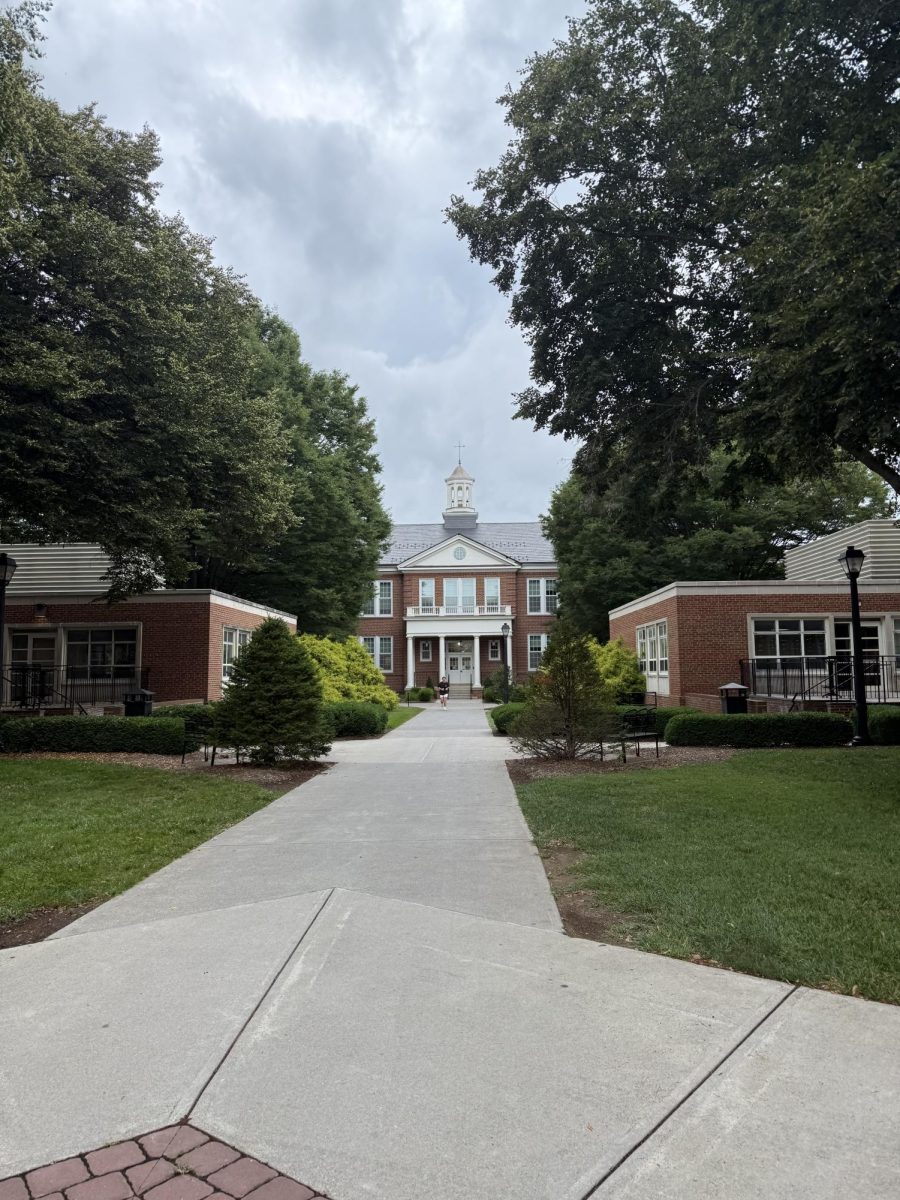
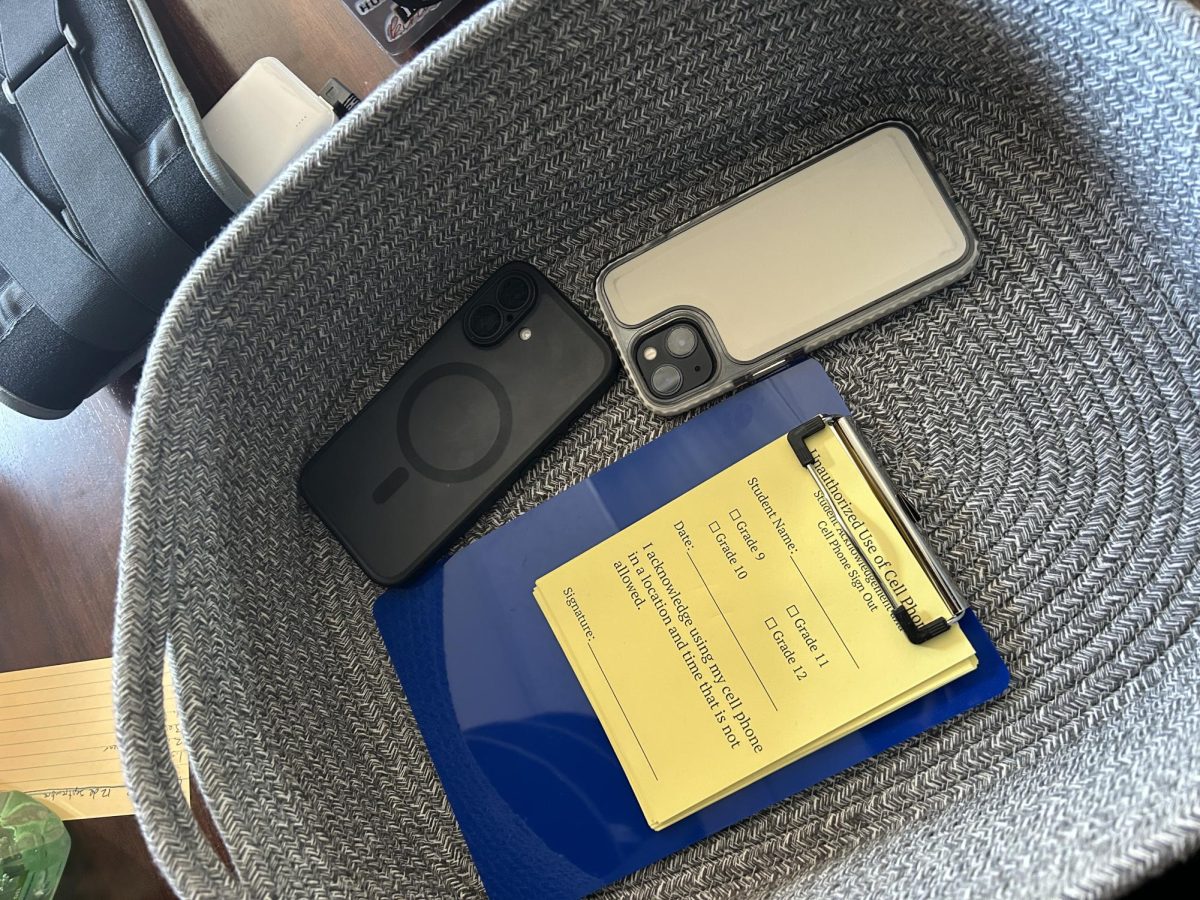

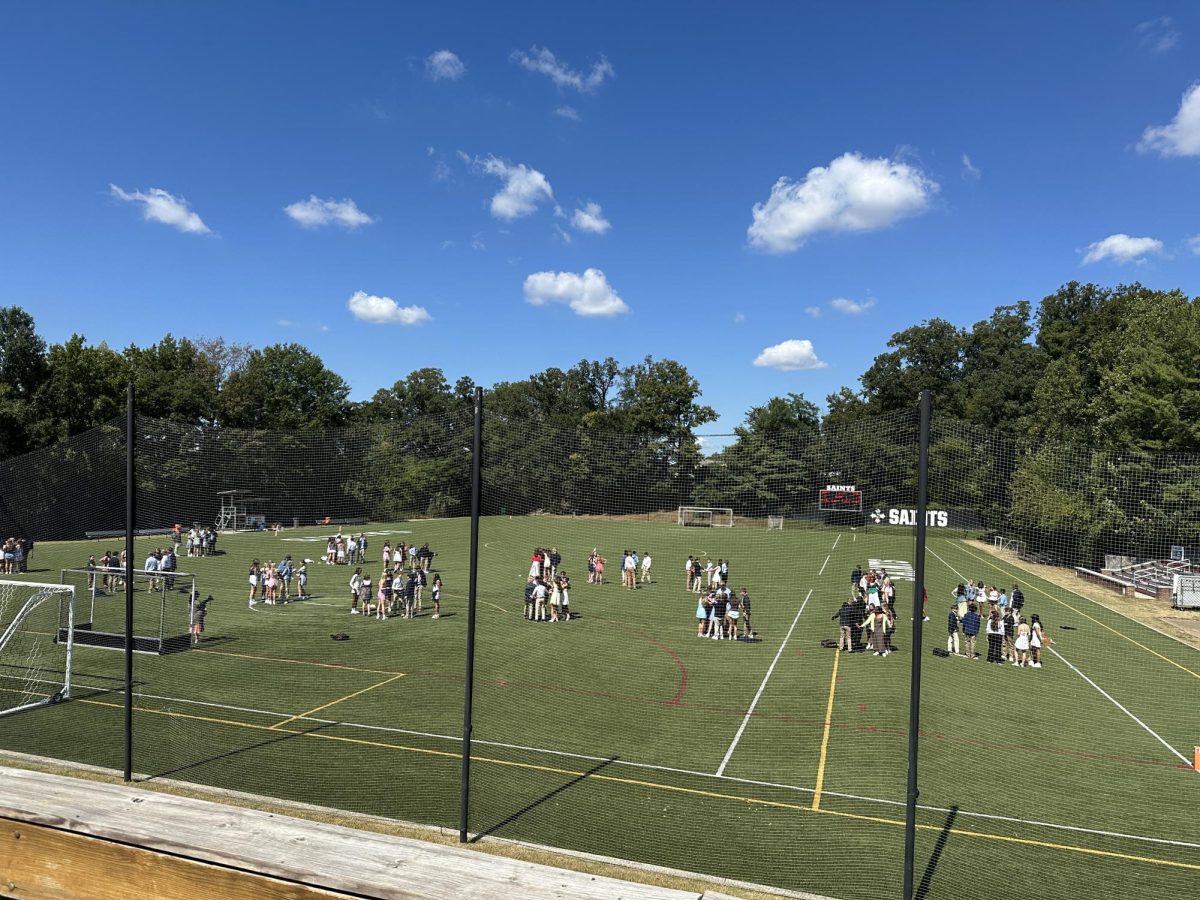
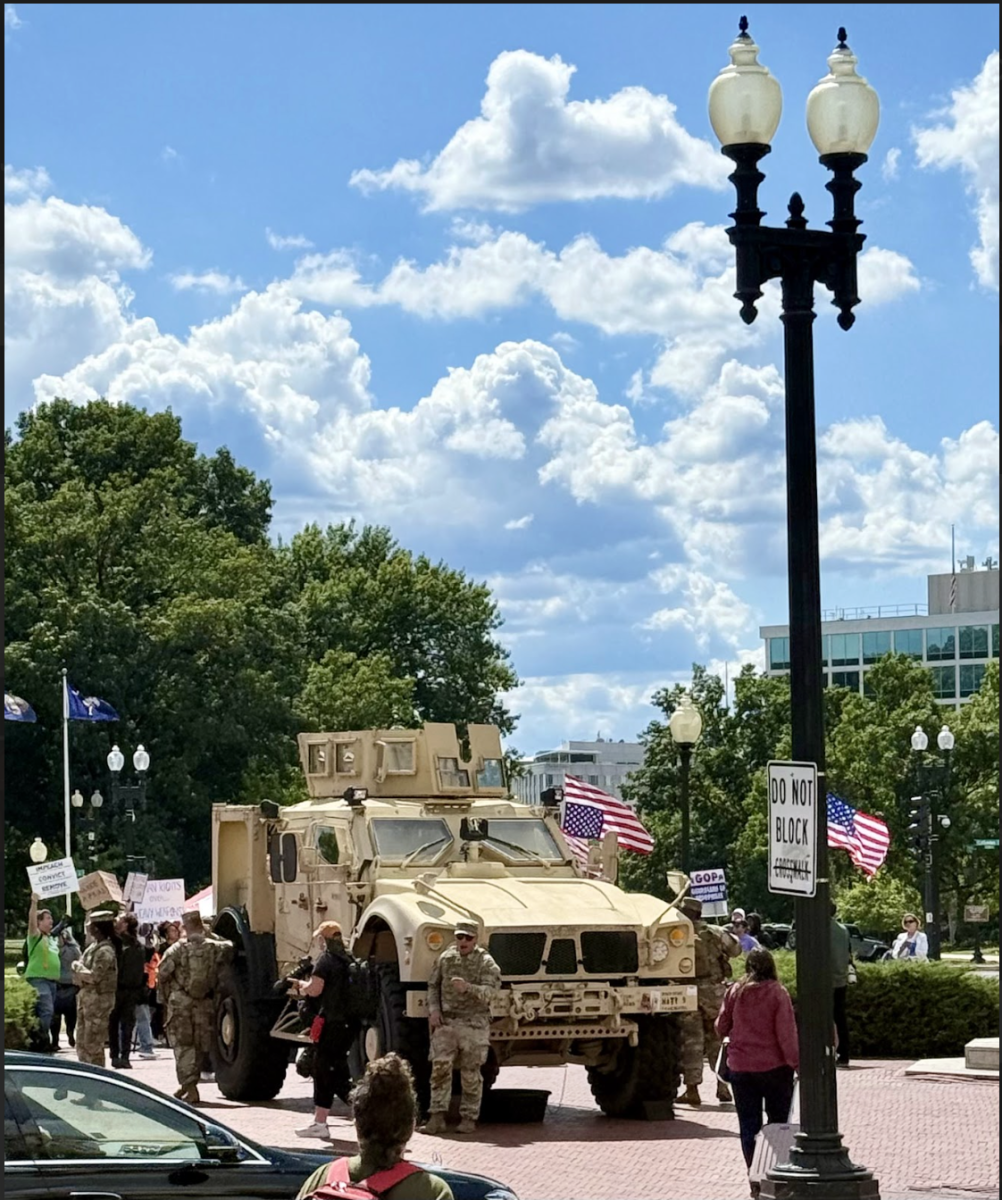





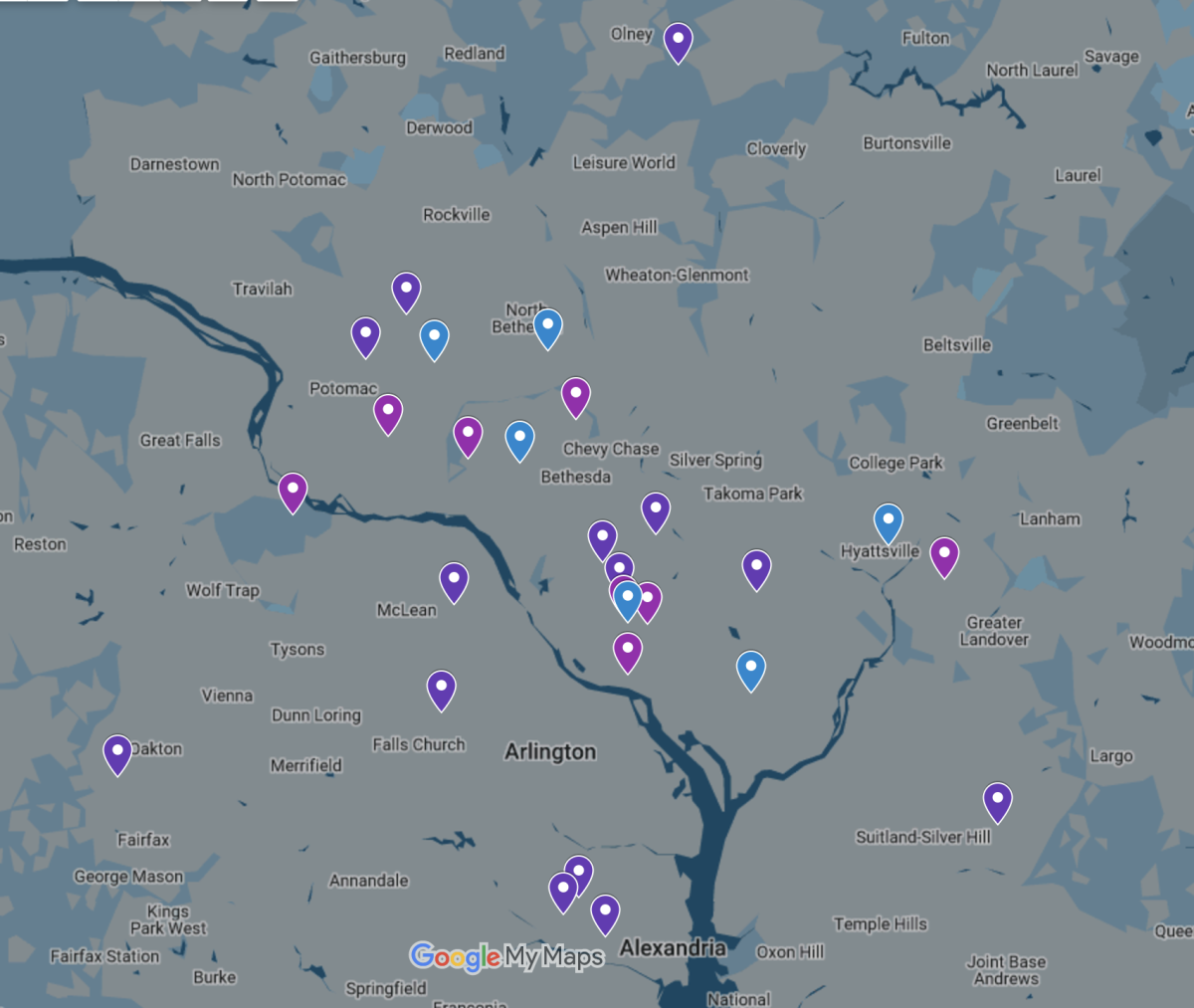







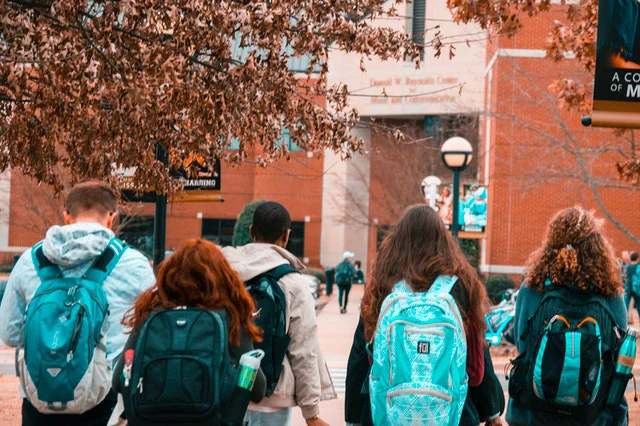




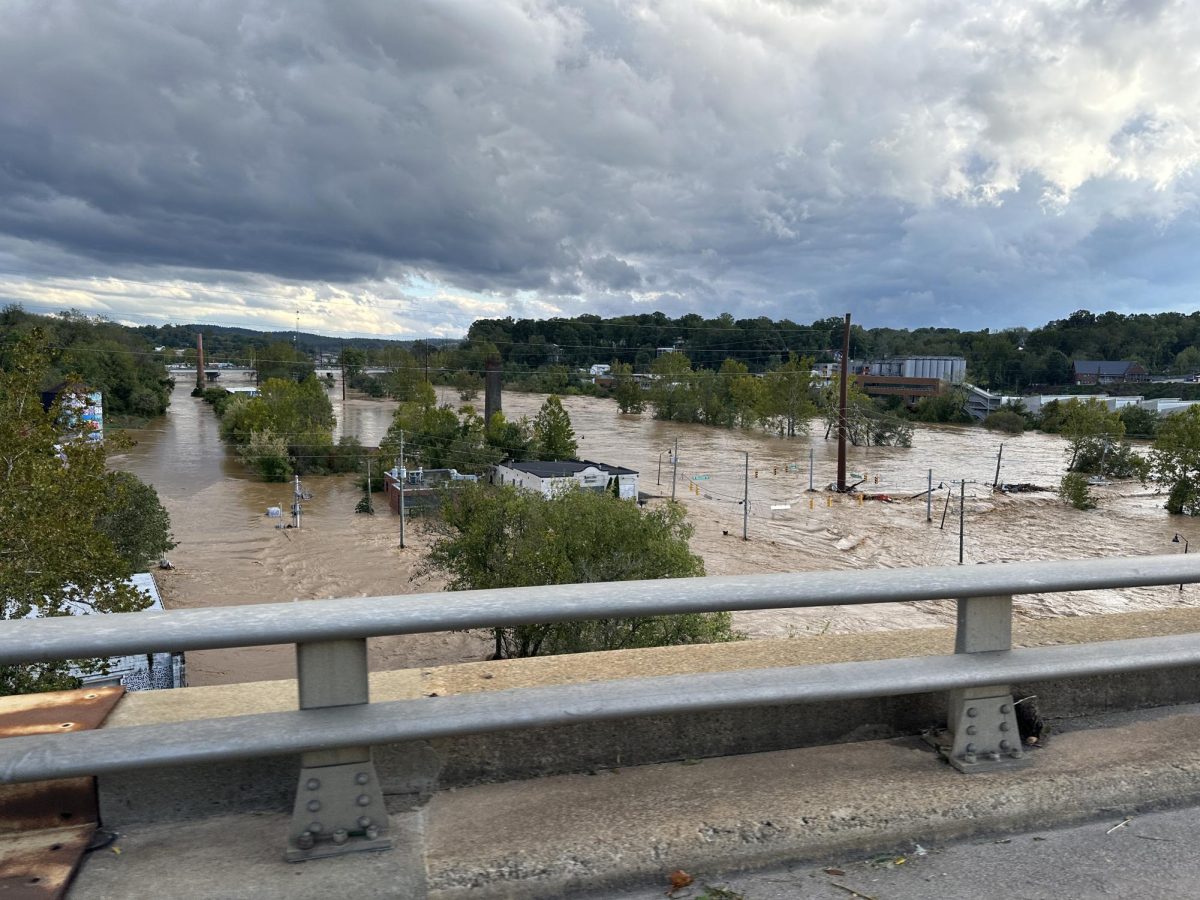


Beverly C Thomas • Nov 9, 2024 at 10:30 am
Well done Charlotte Secrist (reporter) for giving a full account of the devastation in the beloved city of Asheville, NC. With positive attitudes, many will rebuild & will support one another emotionally. Asheville’s slogan “ASHEVILLE STRONG”